As the audience, we love films when they offer a cohesive story. To get there, many filmmakers must make compromises or last-minute changes to achieve something great. Many of these changes are dictated by the evolving nature of artistic vision; others are required after test screenings go wrong. The intended effort is not always suitable, but in some cases, it works great, as the audience is very receptive.
Films are a business enterprise mixed with the artistic sensibilities of filmmakers. That's why any finished movie you watch is a mixed bag of compromises made by a studio and the filmmakers in charge of production. Some of these stories are happy coincidences, while others are almost horror tales. In this ranking, we explore pivotal decisions that changed the course of some of the most popular films.
20 Marlon Brandon Forgets About Shooting Day – The Godfather: Part II (1974)
After the final shot of Michael contemplating the sunset, The Godfather: Part II transitions to the last scene. One more flashback of the early years with the young adult Corleone brothers waiting for their dad to celebrate Don Vito's birthday. The setting is unique and puts a lot of gravitas towards Michael, as the family discusses the war efforts and Sonny blasts those who sign up to serve. Michael lets everyone in the room know he's going to war by his own free will.
Vito arrives off-screen, and the family goes to celebrate, leaving Michael alone with his thoughts. It's an impactful moment that only came to be simply because Marlon Brando forgot he was scheduled to film that particular day. Francis Ford Coppola, used to the actor's erratic behavior, simply decided to handle the scene differently. Vito is still addressed as being present, but he's unseen, giving more momentum to Michael as the lead in the story.
19 The Mechanical Shark Never Worked – Jaws (1975)
The production of Jaws was a logistical nightmare for everyone involved. As a first-time director, Steven Spielberg was unfamiliar with the difficulties of shooting in the open sea. His commitment to realism led him to believe that shooting the film in the ocean was the right move instead of using a water tank and matte paintings. In 1973, there was no CGI around to make the shark; as you can probably guess, these animals cannot be trained. Spielberg decided to go with a massive special effect designed by art director and production designer Joe Alves.
Bruce the Shark is the name of the mechanical monster used in the film. It was built in Rolly Harper's Motion Picture & Equipment Rental in Sun Valley, California, and it took the crew two whole years to make it work. There was only one problem. All the mechanisms of the shark broke down when salt water touched them. This did not deter Spielberg, who chose to make the shark a mystery until the film's third act, using the camera to place the audience in the Shark's POV.
18 Stanley Kubrick Changes his Mind About the Final Cut – The Shining (1980)
Stanley Kubrick has to be one of the most complex minds in cinema. His commitment to perfection was uncompromising. This, however, was an issue for the crew and actors who worked with the director. Kubrick was famous for expecting real emotions from all their actors, which made the shooting of The Shining a curse and nightmare for Shelley Duvall. Post-production wasn't a cake in the walk, either.
With hundreds of hours of footage and multiple takes. Kubrick was spoilt for choice to get the perfect movie precisely as he wanted. After finishing his original cut, he wasn't satisfied. Test audiences deemed the ending too vague, as the original end seemed to imply Jack Torrence was still alive. One week after the premiere, Kubrick demanded all prints lose the final two minutes of the film, something that had to be done to every print of the movie in every theater nationwide.
17 Test Screenings Turned Rambo into a Franchise – First Blood (1982)
Not many people know this, but First Blood is an adaptation of a novel of the same name by David Morrell. In a classic case of creative differences, the director Ted Kotcheff had a specific vision for the story, which he delivered in a three and a half hours extended film cut. The first Rambo movie is also an indie film produced by Wallis Interactive and Anabasis Investments. Carolco Pictures and Orion only got involved after seeing reels of the film well into production.
The low production budget meant Stallone performed all of his stunts on screen. After watching the first cut, Stallone perceived the movie as too long and tedious. He hired Joan Chapman to edit the film and make it 96 minutes long. Once test screenings went to audiences, one more change was required: the ending. In the original cut, John Rambo commits suicide, the same as in the novel. In the new conclusion, he gets to live. The original ending is included as an extra in most Blu-Ray collections.
16 The Addition of Deckard's Narration – Blade Runner (1982)
No film has had a more problematic production than the original Blade Runner. There are currently seven versions of the film in circulation, all deriving from changes requested by studio executives. The director cut by Ridley Scott is still considered the far superior version by most property fans. While it would take too much time dwelling into explanations, the brief version we can offer is this: Ridley Scott didn't have the final say in the cut of the film.
Warner Bros executives deemed the feature too confusing and the ending too distasteful. They demanded a voice-over by Harrison Ford, dumping tons of exposition in the film to make it more accessible. This proved to be an unfortunate choice, as Harrison Ford did so out of spite showing solidarity with Scott. There's also the ride in the sunset ending, which was mandated by the studio, but ended up being removed for the Director's Cut after video rentals turned the film into a cult classic.
15 Eric Stoltz Gets Fired – Back to the Future (1985)
Now this one plays a lot like a What If? Type of scenario in a lot of people's minds. Did you know the role of Mary McFly in Back to the Future was written initially for Michael J. Fox, but he couldn't accept it because of his commitments to the TV show Family Ties? Robert Zemeckis couldn't stop the production, so he went with his second choice, actor Eric Stoltz. After six weeks of principal photography, the actor was fired since he needed more comedic timing, something regretted by Christopher Lloyd.
Michael J. Fox managed to work out a deal with NBC that allowed him to make movies while fulfilling his commitments to the show. Steven Spielberg, who produced the film trilogy, had a big part in securing the deal. The rest, as they say, is cinematic history. While it's hard to imagine someone else playing Marty these days, we can't help but wonder if the franchise would have been as successful with Stoltz as the leading man.
14 Test Screenings Hated Duckie – Pretty in Pink (1986)
Pretty in Pink is one of those cases where an actor makes the part instead of the script defining a character's quirks. It has all the tropes of a John Hughes movie. Duckie is the nice guy secretly in love with his best friend Andie, played by Molly Ringwald in the film Pretty in Pink. Duckie, played by a young Jon Cryer, is always there for Andie, the guy she can always rely on, and she trusts him implicitly as a friend, not realizing he's actually in love with her.
Blane, as portrayed by Andrew McCarthy, is the handsome, charming, rich guy who's learning to have actual feelings for someone. The coming-of-age story had a completely different ending: Andie rejects Blane's advances and realizes Duckie loves her. However, this version didn't sit well with test audiences, as many perceived Duckie as obnoxious and creepy. The final result humanizes Blane and gives Duckie a bittersweet resolution.
13 The Original Ending is Discarded – Little Shop of Horrors (1986)
Plays are often a different medium than films. There are few films adapting plays, and there is a good reason for that. Plays often rely on their narrative to be effective, and the acting needs to be on point. Films, on the other, can be more relaxed. One intrinsic factor is the script. Many plays have tragic endings, and nobody complains about them. Movies, on the other hand, often require a happy resolution to achieve widespread acclaim.
The Little Shop of Horrors is a Broadway musical play adapted into a film. The mix of horror and comedy was well served with a competent adaptation directed by Frank Oz from the Jim Henson's company (also the actor who used to portray Yoda). The original ending of the story has Seymour and Audrey eaten by the gigantic plant after being left to starve by Seymour. In the film, Seymour electrocutes the plant until it explodes, saving Audrey in the process.
12 Jean-Claude Van Damme Gets Fired – Predator (1987)
Did you know Jean-Claude Van Damme was cast as the original Predator in John McTiernan's first film? In the early stages of principal photography, Van Damme lasted precisely two days as the film's antagonist. The early design for the creature was an insectoid, much smaller in stature but with restricted movements. The production team realized quickly this wasn't working out for the best. They went with another design and hired Kevin Peter Hall to play the monster.
Schwarzenegger and the rest of the cast were already midway into production when the first version of the alien costume came in. It looked like a mix between a lizard and a duck. There is also the fact that Van Damme was shorter than Arnold by several inches. Fortunately, Producer Lawrence Gordon secured more funding to hire Stan Winston, who sketched the Predator classic looks with James Cameron's help.
11 Woody's Character was Rewritten from Scratch – Toy Story (1995)
The world was nearly placed in a tricky spot almost 30 years ago. If the original script for Toy Story had ever seen the light of day, we would have hated Woody as played by Tom Hanks. Imagine that for a moment. Hating on one of the most beloved actors in Hollywood because of a lousy script. Pixar co-founders John Lasseter, Pete Docter, and Andrew Stanton wrote the original draft for Toy Story. It had one single issue: Woody was a total asshole.
As it was initially conceived, the character sounded entitled, jealous, and possessive of his human owner after being replaced by the new shiny toy Buzz Lightyear. The script would go on to be doctored by a lineup of heavy hitters: Joss Whedon, Joel Cohen, and Alec Sokolow took a swing at it, bringing a much more balanced character arc for Woody, who was flawlessly played by Hanks and remains one of his signature characters to this day.
10 The Scrapped Twisted Ending of Derek – American History X (1998)
The directorial debut of Tony Kaye was a straightforward process with not much drama on set. The open set on American History X allowed visitors for the well-being of the actors, who found their parts incredibly distressing. Edward Furlong and Ethan Suplee had to undergo heavy makeup sessions to have neo-Nazi imagery painted on their bodies. At one point, Suplee was the subject of public scorn after being caught in a store while still wearing the marks.
Edward Norton also reported mental exhaustion from playing a character with such hateful views. The plot follows the story of Derek Vinyard, a former neo-Nazi jailed for committing a hate crime. He does his best to bring his new outlook to life in his old household, but social factors weigh too heavily on family dynamics. The story ends with Vinyard's brother dying in a bathroom fight. However, the film's original ending had Derek returning to being a neo-Nazi after a young black man kills his brother.
9 Dougray Scott Quits the X-Men – X-Men (2000)
Thanks to Ryan Reynolds, we'll see Hugh Jackman don the claws of Wolverine one more time in 2024. It's almost impossible to conceive of anyone else in the role; even after Jackman announced his retirement, his old-time friend convinced him to be back for one final adventure. The thing is, Wolverine wasn't meant for Jackman at all. When the X-Men movie went into production, filming started, and the beloved canuck wasn't cast yet.
Bryan Singer found it incredibly challenging to cast the role. 20th Century Fox wanted a superstar in the part to make the film more bankable. However, Singer wanted an unknown to ensure he grew into the role. The studio suggested Russell Crowe, Aaron Eckhart, or Edward Norton. On the other hand, Singer wanted Thomas Jane, Viggo Mortensen, or Dougray Scott. The latter won the casting process but had to quit three weeks into production due to his commitments to Mission Impossible 2. Since the other actors weren't available, Singer went with the last name on the list, and the rest, as they say, is history.
8 Stuart Townsend Gets Fired – The Lords of the Ring: The Fellowship of the Ring (2000)
The casting process of The Lord of the Rings: The Fellowship of the Ring was excruciating. Peter Jackson wanted to avoid established actors since he wanted the story to drive the film over the performances of any famous face. So bankable names were out of the question. Strider, later known as Aragorn, plays a pivotal role in the film since he's one of the leads, and his presence usually evokes compassion and badassery simultaneously. The studio wanted someone young; Peter Jackson wanted the best person for the part.
It's a case of the studio trying to compromise with the director. The part initially went to Stuart Townsend, but after two days of filming, Jackson realized it wasn't working out in favor of the story. Townsend didn't have the chops to evoke Aragorn's prominence. The director went with his top choice and called Viggo Mortensen to take over the role, which he owned by the time production ended.
7 George Lucas Nearly Forgets Continuity – Star Wars Episode III: Revenge of the Sith (2005)
The climatic duel of fates fought in Mustafar is the scene everyone was looking forward to by the end of the prequel trilogy. After being turned to the dark side by Darth Sidious, Anakin Skywalker must fight his Jedi master Obi-Wan Kenobi one last time to decide the fate of the galaxy, while Master Yoda must fight the Sith lord in the chambers of parliament. Yoda loses his duel, while Kenobi wins his.
There is a bit left out of filming during principal photography for Revenge of the Sith, though. After beating Anakin and leaving him to his fate in Mustafar, Obi-Wan is never seen picking up Anakin's lightsaber. It's unclear if Lucas forgot to shoot the sequence or if it wasn't planned during pre-production. The realization was made during editing, and the shot was included using a body double to address this continuity error that is reflected in Episode IV.
6 John Connor is Replaced by a Terminator – Terminator Salvation (2009)
Terminator Salvation is a proto sequel to Terminator 3, which also acted as a soft reboot to the franchise. Curiously enough, that has been the same attempt made by every Terminator film in the past 13 years. In this new entry, the story picks up after Judgement Day. John Connor is not established yet as the messianic figure depicted in the first trilogy, but he's a competent warrior who encounters a mysterious man named Marcus Wright.
The acting lineup in this movie didn't hold any punches. Christian Bale plays Connor this time, and Wright is played by Sam Worthington, who was at the peak of his game. Somehow midway through filming, some disastrous happened. The film's plot leaked online, revealing Connor's death by the film's end and his replacement by Wright, a prototype terminator who would have worn Connor's skin as a disguise. The backlash was incredibly damaging, driving the director to change the ending to something less dark.
5 A Superior Extended Post Credit Scene is Removed – Captain America: The First Avenger (2011)
Sometimes we get to watch the extended editions of specific scenes and wonder what exactly went into the head of the creatives who chose to leave such great material in the cutting room. This is precisely what happens with the post-credit scene of Captain America: The First Avenger. The bittersweet sequence lasts around 4 minutes, and we see Cap trying to adjust to the new world by walking in New York and interacting with people.
The scene includes Ashley Suzanne Johnson, the waitress seen in many scenes in The Avengers (quick fact here: she's also the voice of Ellie in the video game The Last of Us), and also has a cameo by Stan Lee himself. It's a slow-pacing sequence that lets us in the state of mind of Steve as a man out of time. It also reveals why he's punching bags into submission before getting handed his first mission as Cap by Nick Fury.
4 Ellen Wong Didn't Like Being Second Fiddle – Scott Pilgrim vs. the World (2010)
Edgar Wright almost made the wrong choice with the character of Knives Chau in Scott Pilgrim vs. the World. In the script's first version, Scott manages to beat the seven boyfriends, but he doesn't get Ramona in the end, as she's still undecided if he wants to be with Scott. The script dictated that Scott falls back to Knives as the rebound girl, ending the story there. Ellen Wong wasn't having any of that.
As a fan of the books herself, Wong thought Knives couldn't settle for being the rebound girl of any guy, especially since she genuinely loved Scott. Wright agrees with her and changes the ending to reflect this idea, but also implies that Ramona might be what Scott wants, but she may not be what Scott thinks she is. It's a good idea that follows the book's plot, as the last volume was published a few months after the movie's release.
3 Christopher Plummer Replaces Kevin Spacey – All The Money in The World (2017)
All the Money in the World tells the real-life story of the kidnapping of J. Paul Getty's grandson and the refusal of the millionaire to pay back the ransom. Production had ended by the time the Kevin Spacey scandal blew up in the press. Multiple victims made their voices heard, accusing the actor of sexual harassment. Spacey would enforce his defense by making their weirdest statements, even declaring himself gay at one point.
Ridley Scott wasn't having any of that since he expected his film to perform well. With additional financing provided by Dan Friedkin, they hired Christopher Plummer to reshoot all scenes by Spacey. Plummer would be nominated for an Academy Award for his performance, and the film was a critical success. The actor delivered a powerful, seamless performance, tricking you into thinking that millionaires can't be that disconnected from reality.
2 The Inclusion of Darth Vader – Rogue One (2017)
Rogue One is the first film in a series of anthologies related to the Star Wars saga. The film, directed by Gareth Edwards and written by Tony Gilroy, was a different animal than the one envisioned by the filmmakers. The initial script featured many dangling plots from the Clone Wars cartoon. The finished version of the move wasn't well received by Disney executives, with Kathleen Kennedy demanding extensive reshoots.
The finished result tied the film to the events taking place in the opening of Star Wars Episode IV. One of the best changes was the inclusion of Darth Vader. While heavily criticized in some forums as nostalgia bait, the appearance of the Dark Lord of the Sith makes total sense in the context of the story told in the film and the stakes at play. The inclusion of Darth Vader proved so popular that Lucasfilm began plans to include him in future projects.
1 Firing Zack Snyder – Justice League (2017)
Zack Snyder has one of the most rabid fan bases online. That's why the world was shocked after learning is sudden dismissal from Justice League. The director went to social media, indicating he had quit The Justice League to focus on his family's well-being after his daughter's suicide. After everything that has happened with the DCEU in the last few years, we can safely say this decision will haunt Warner Bros forever.
As time went on, the truth came to light. After the critical failure of BvS: Dawn of Justice, Warner wasn't ready to give the director free rein to do as he pleased. The studio started to demand more changes, compromising his artistic input. Snyder wasn't mentally ready to fight anyone, so he walked away. Joss Whedon came along and reshot nearly all of the film with a new script. Whedon essentially butchered Snyder's vision to the point of making Christopher Nolan ask his friend to avoid watching the movie.
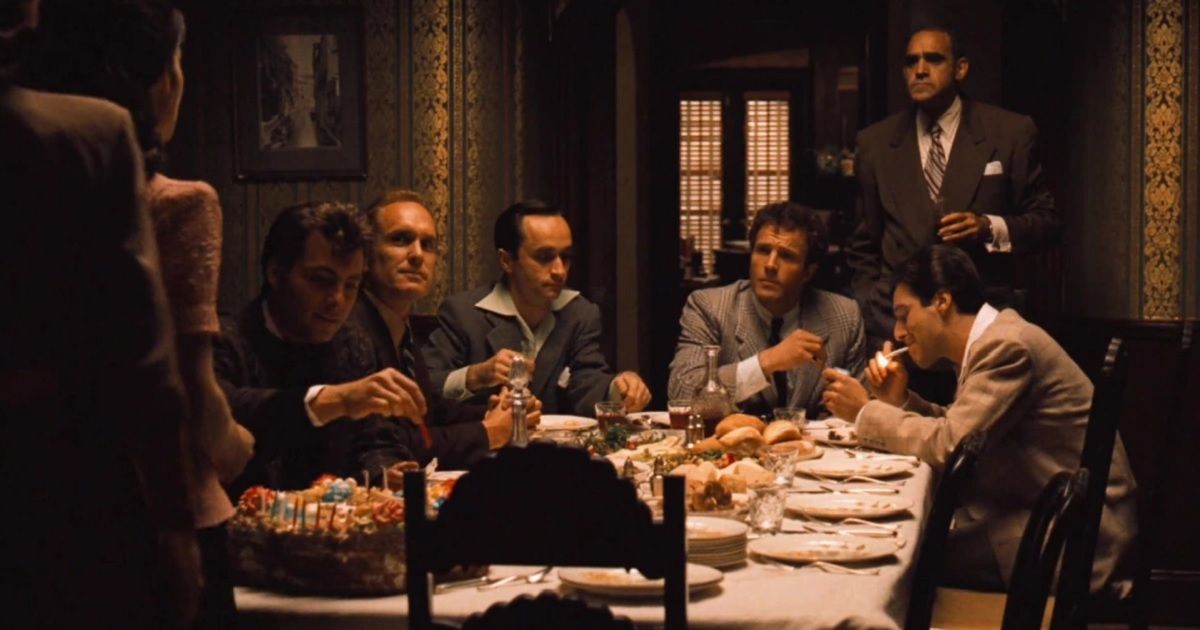
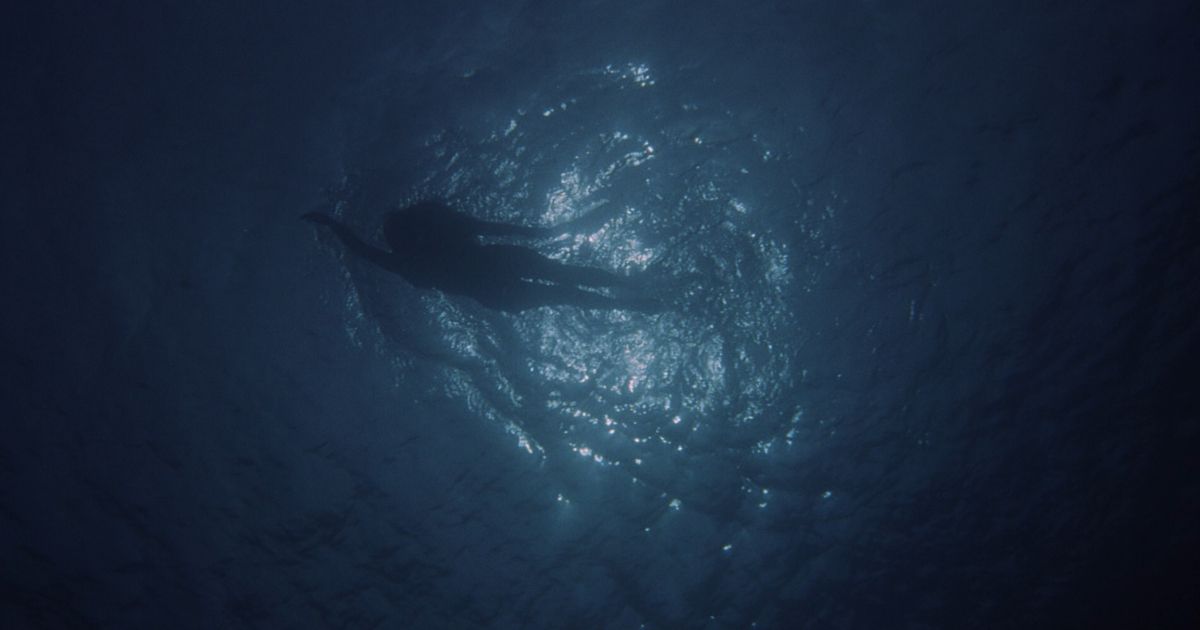
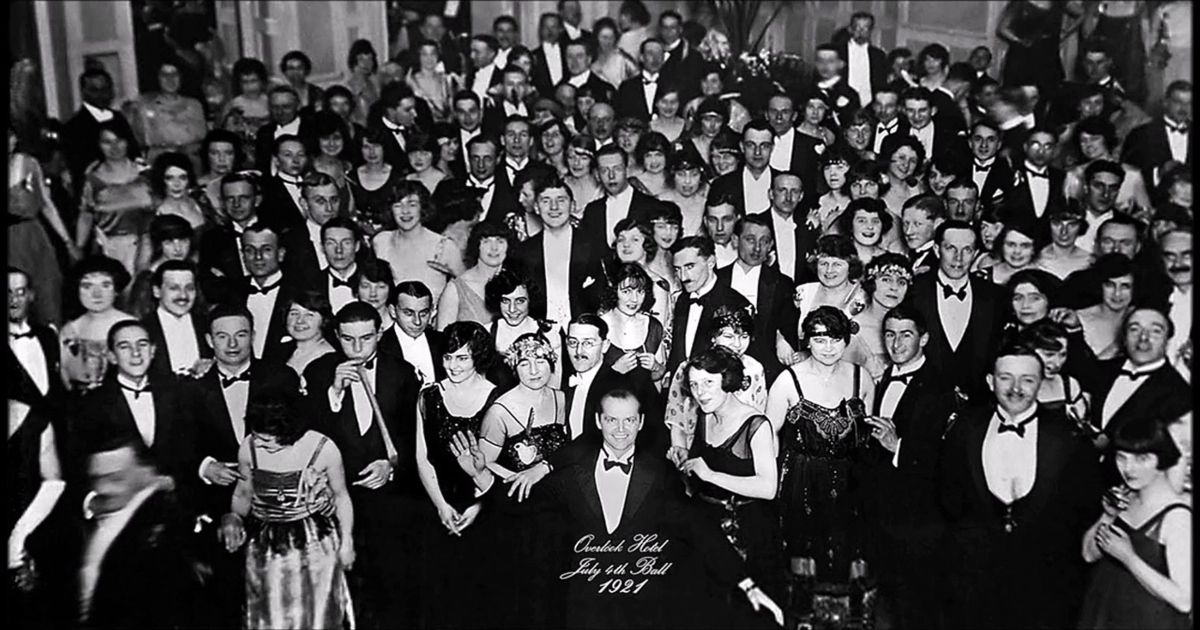
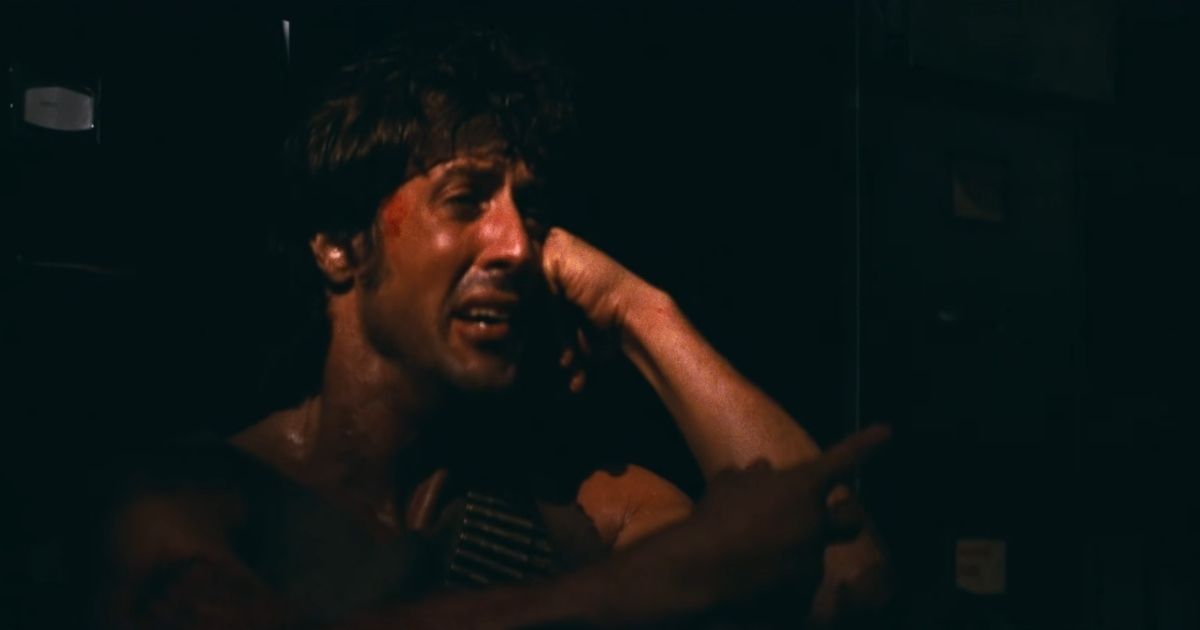
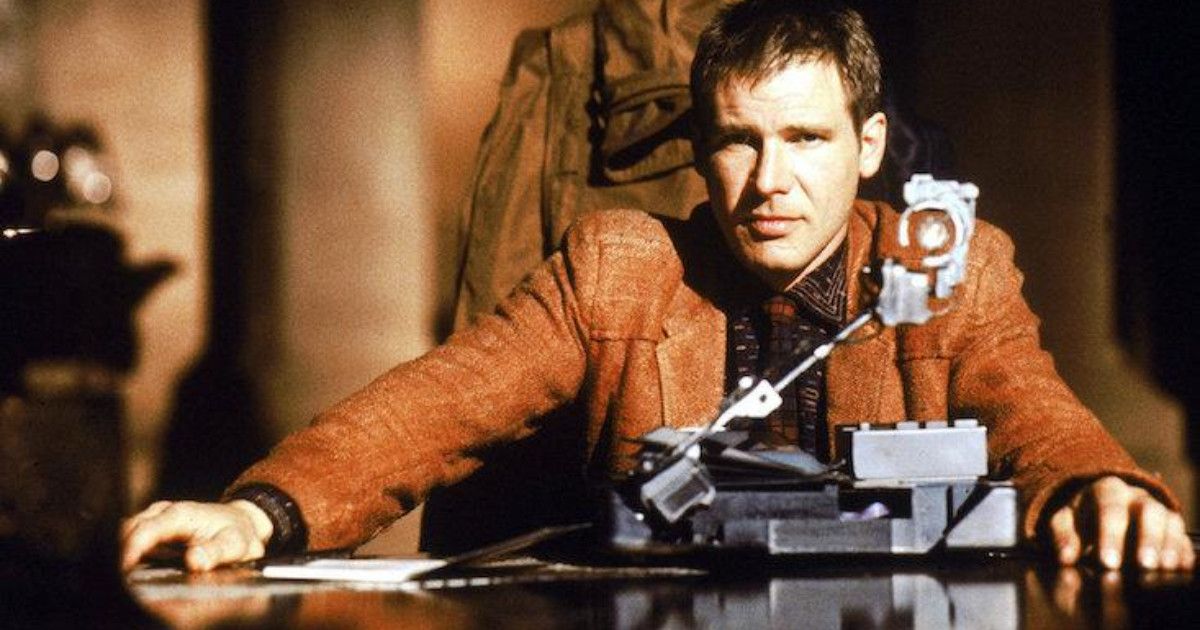
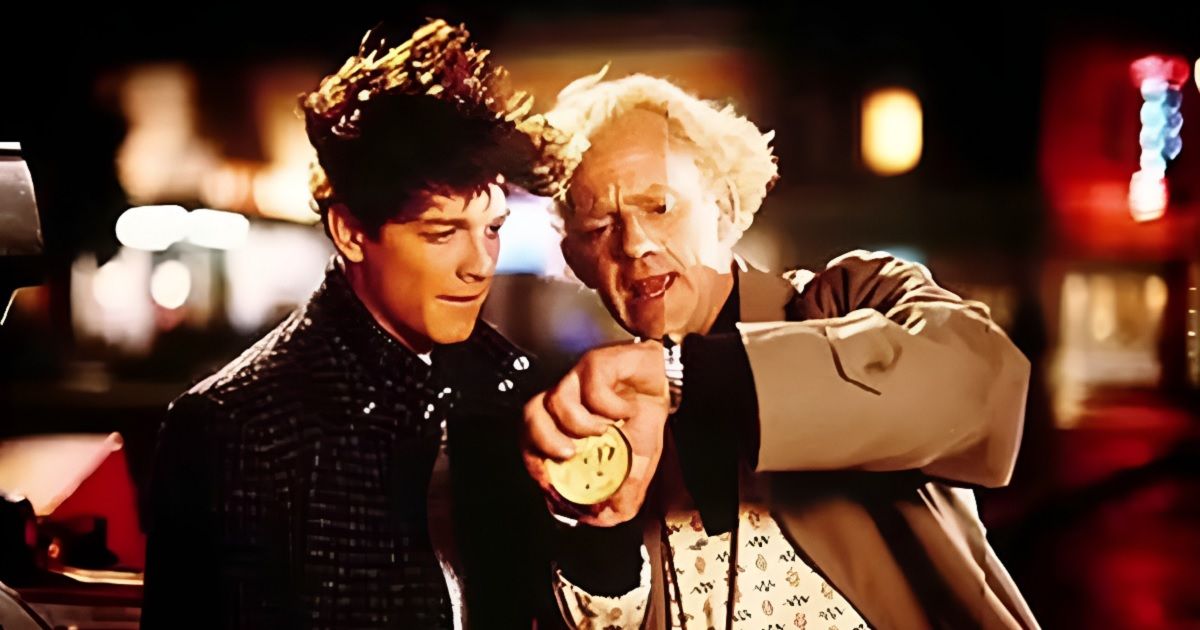
.jpg)
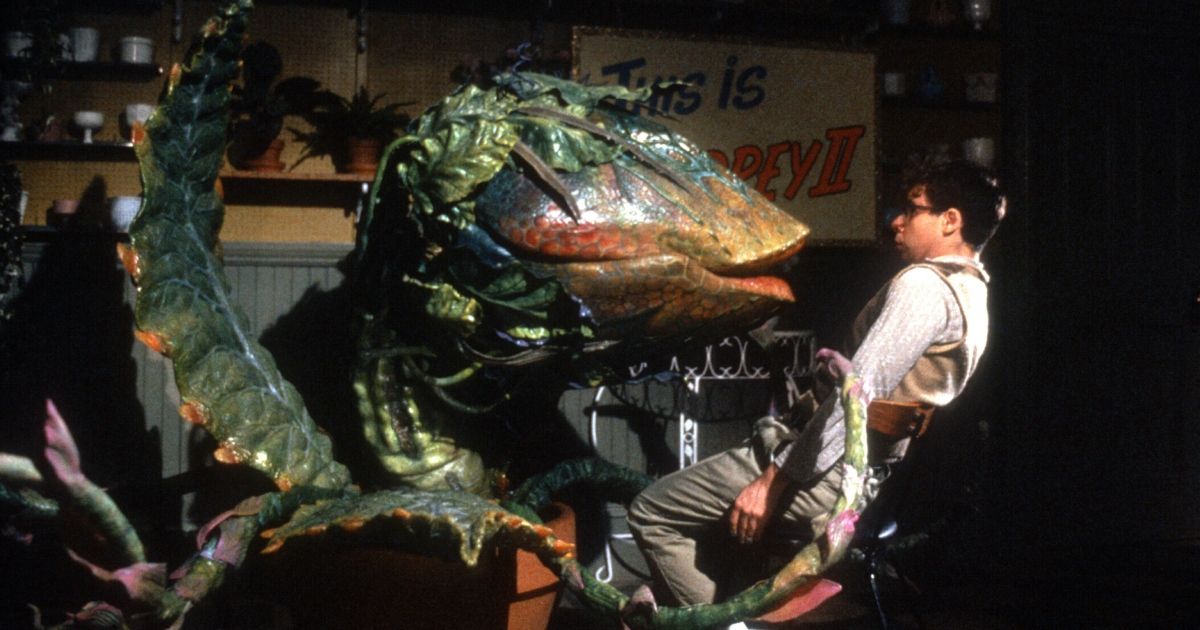
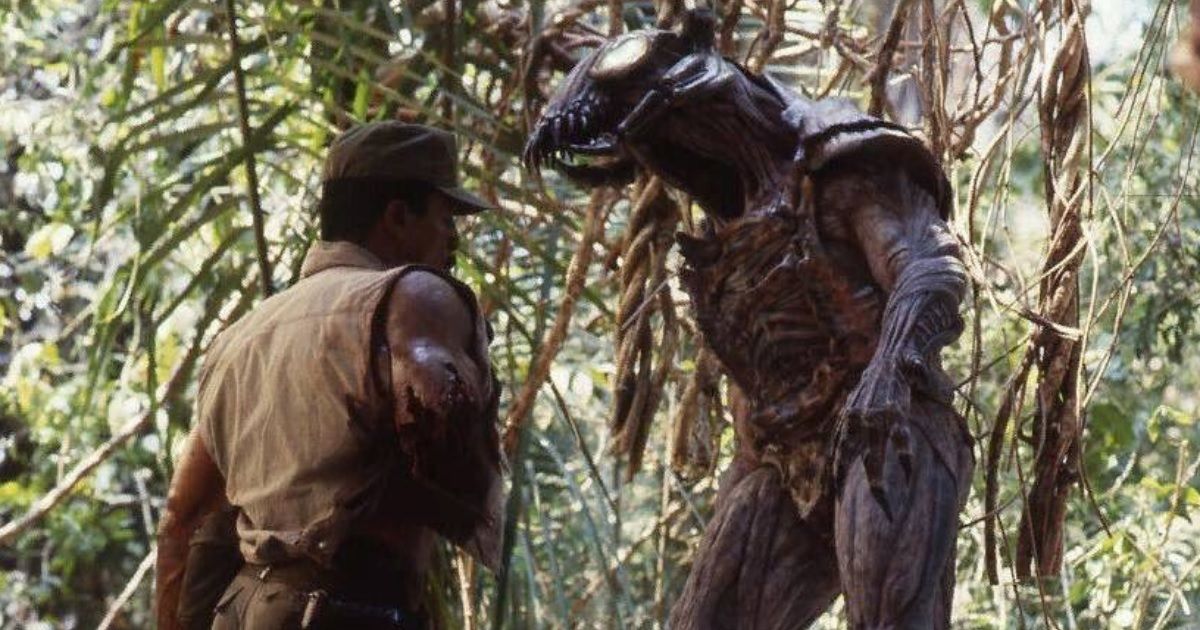
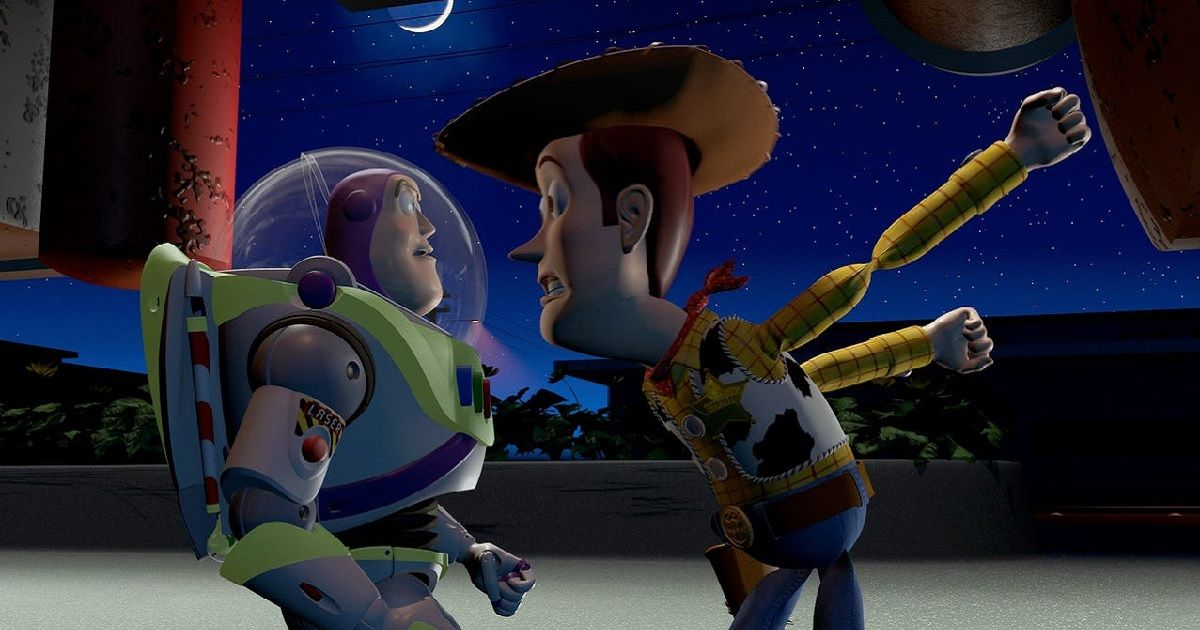
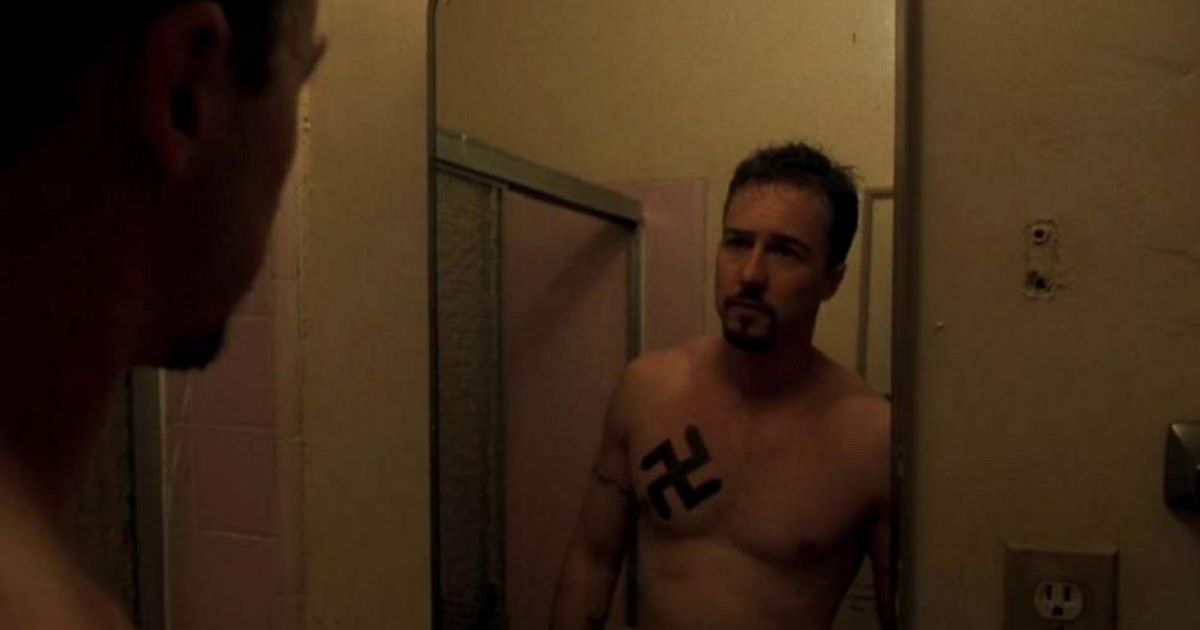
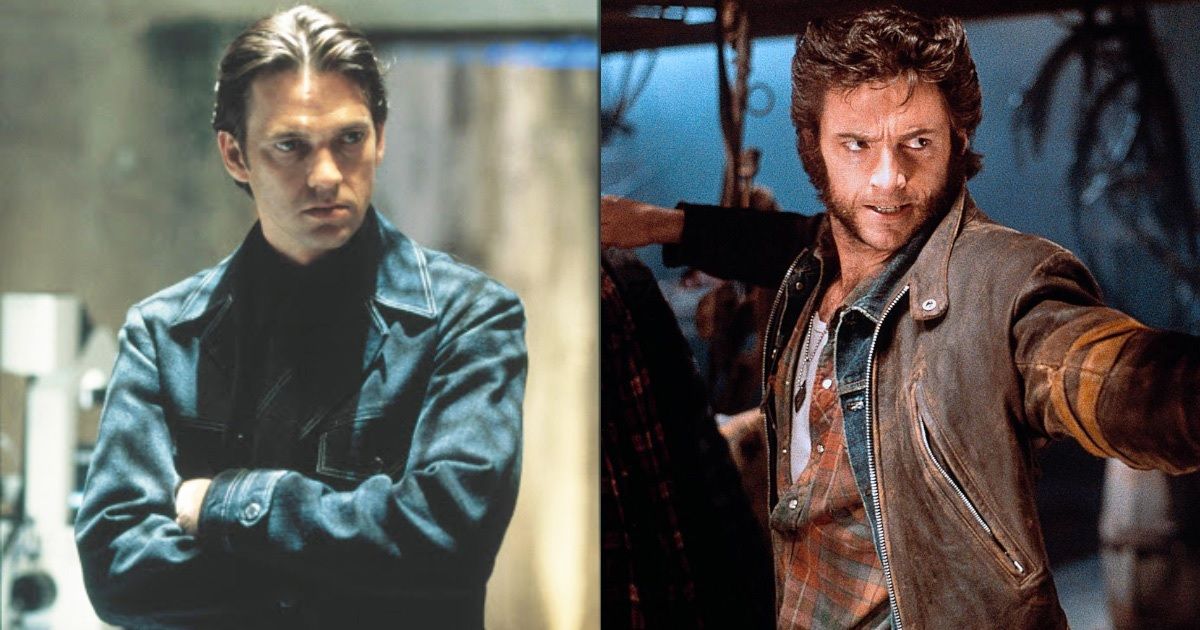
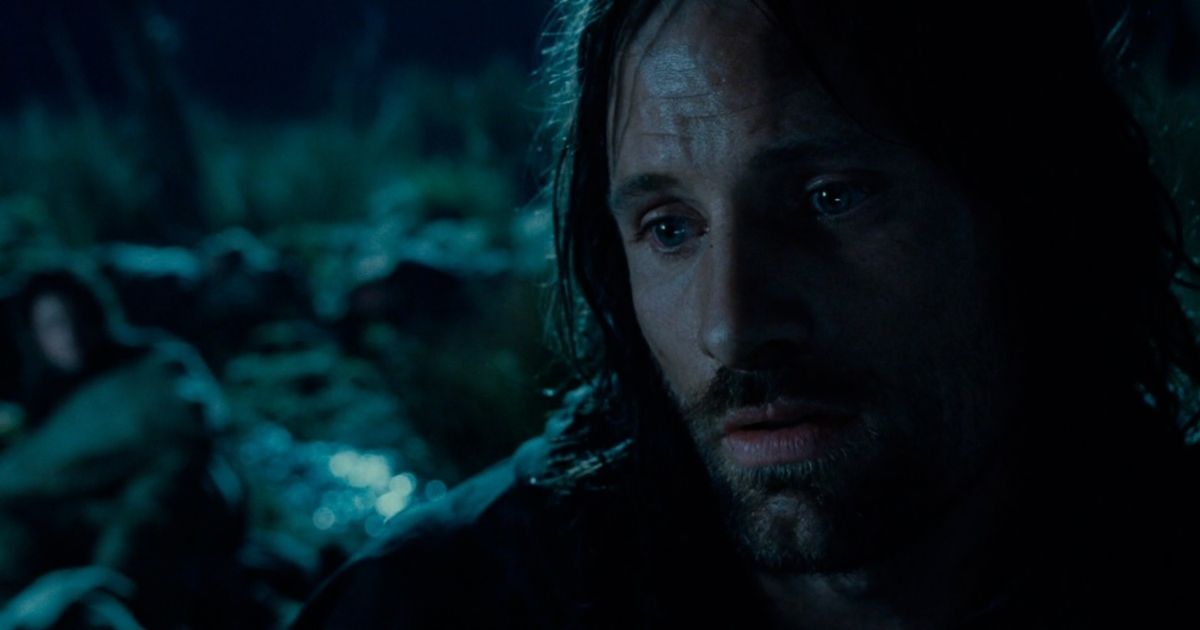
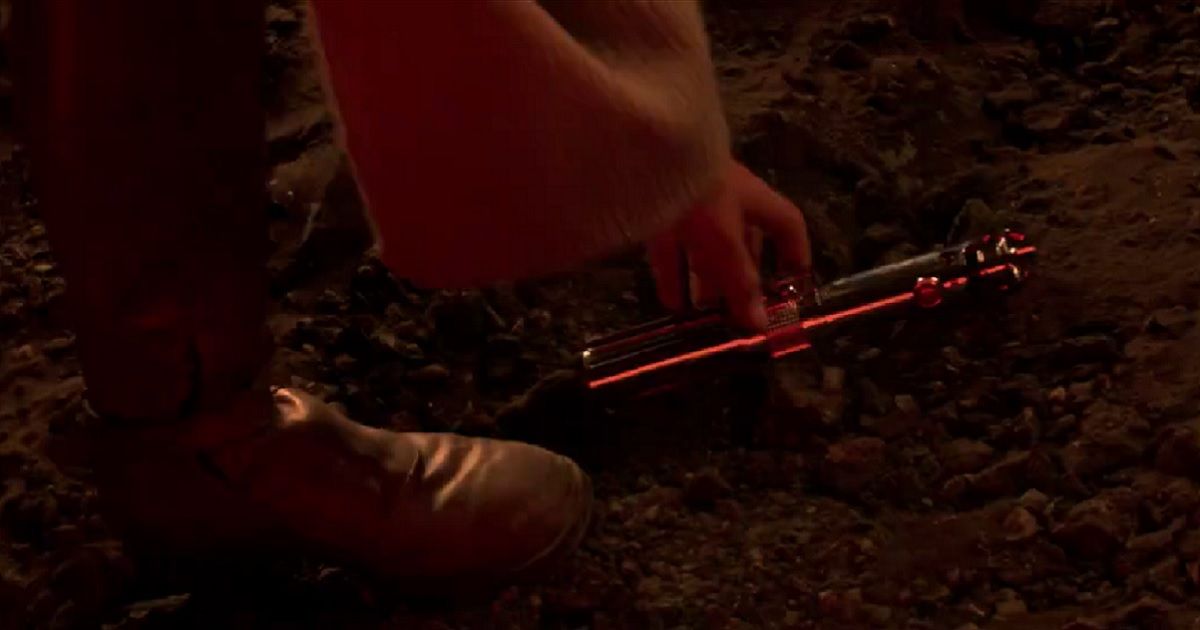
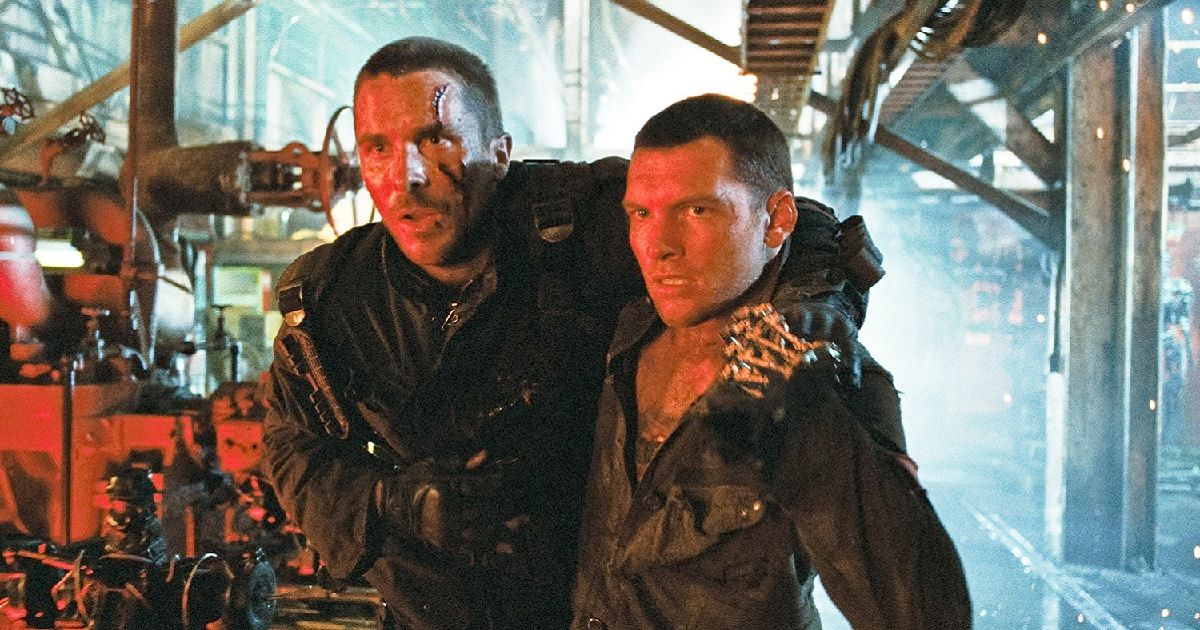
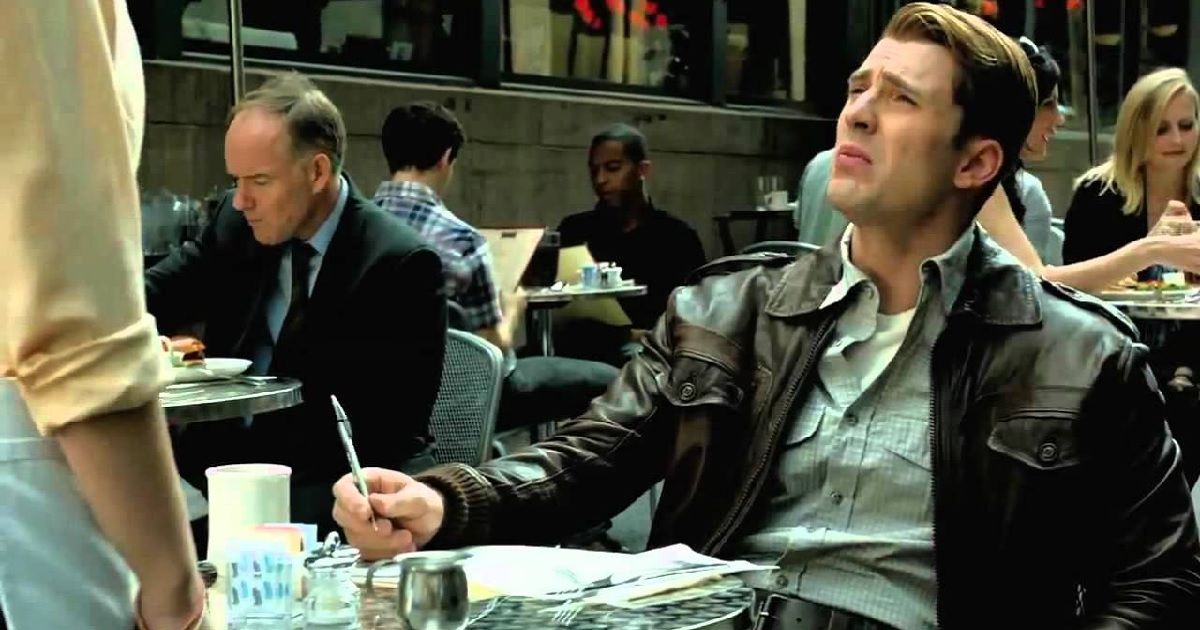
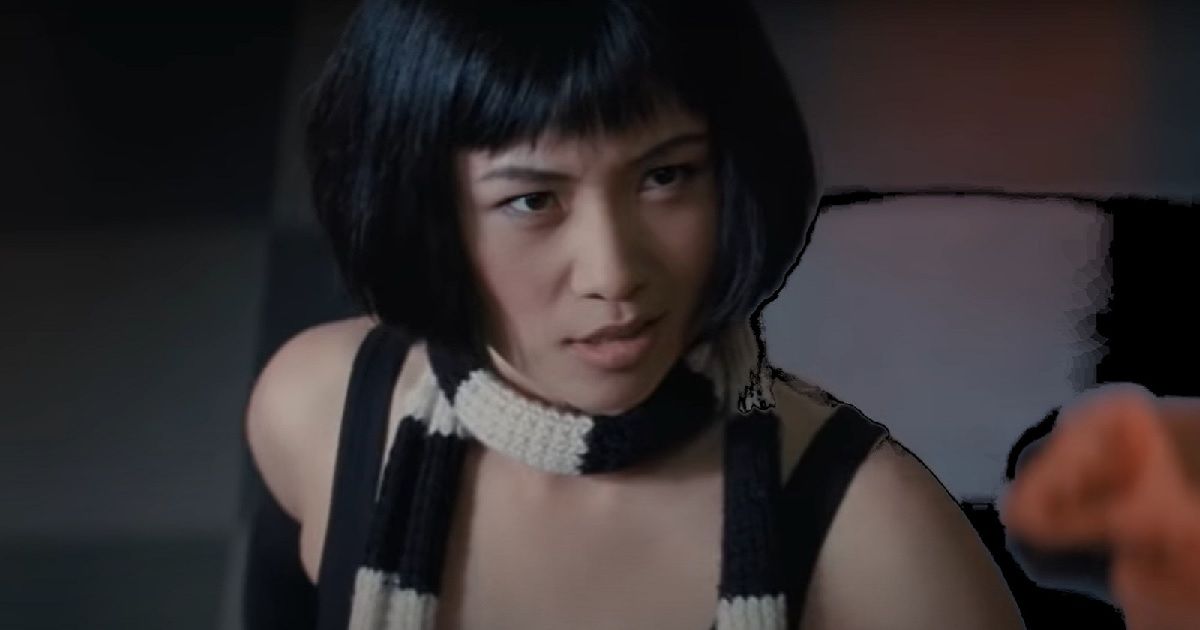

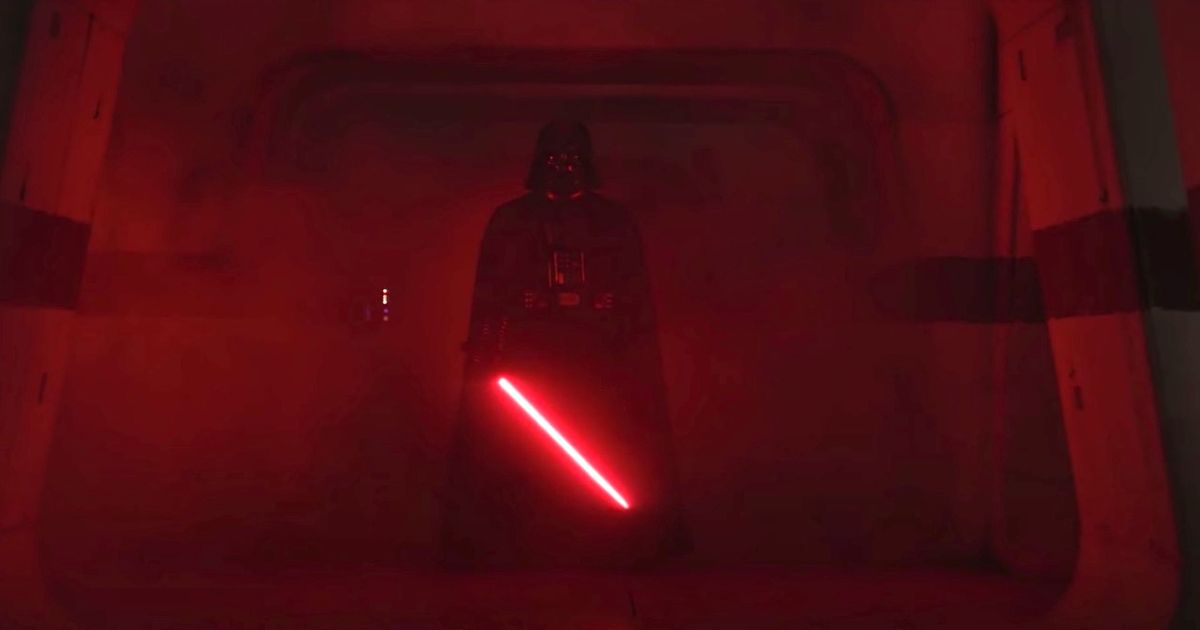
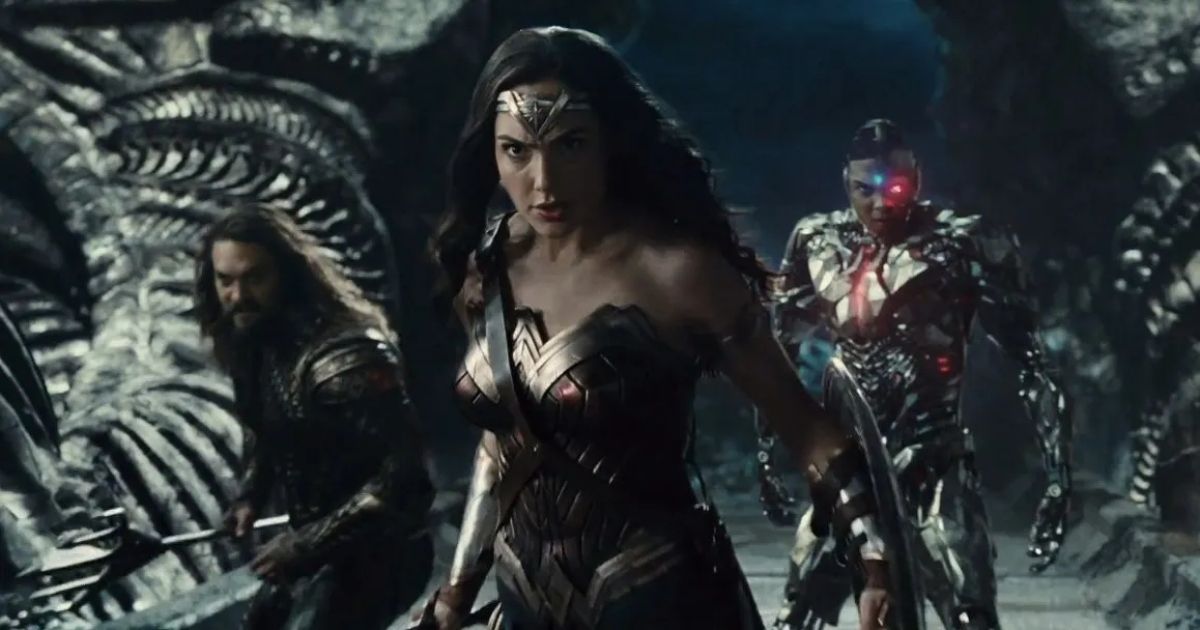
Comments
Post a Comment